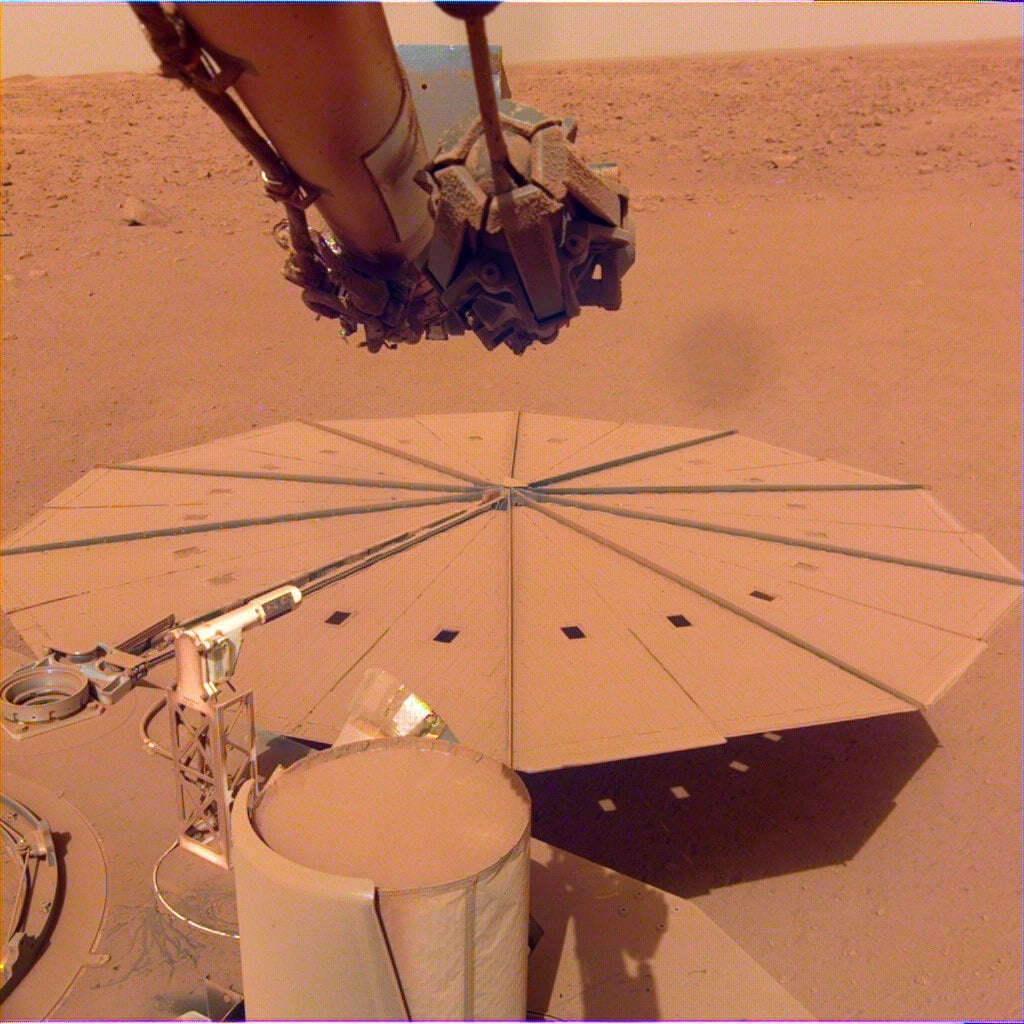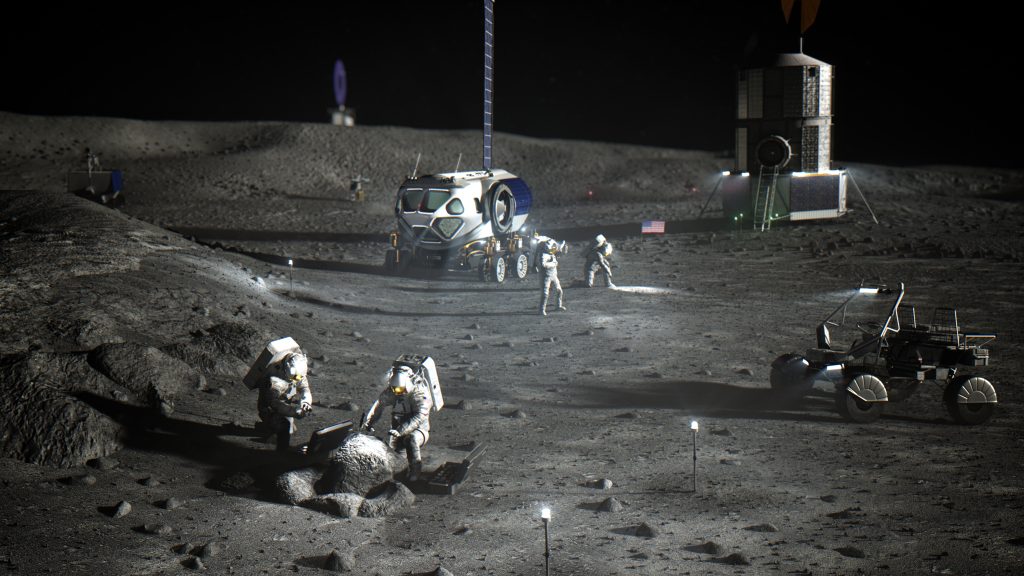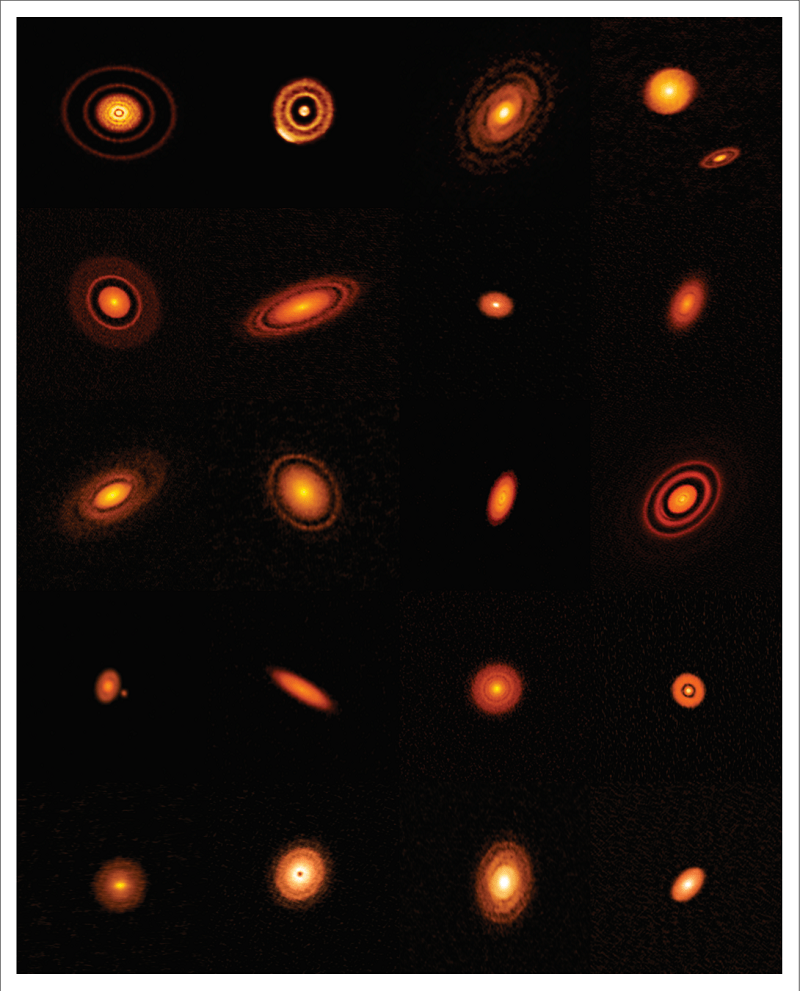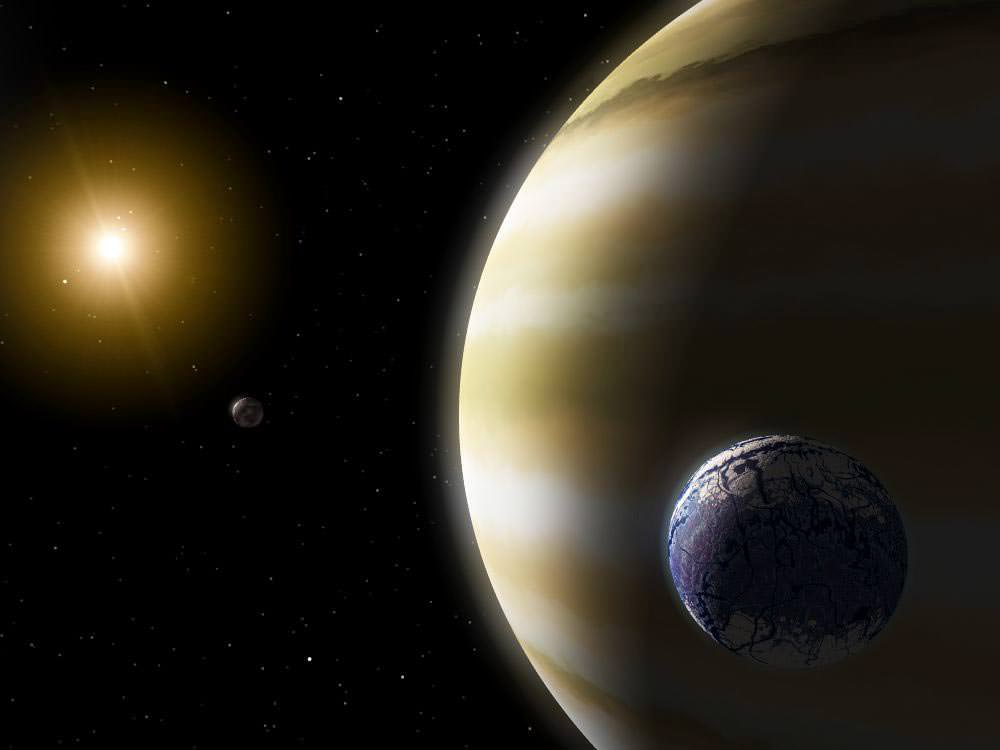
Continue reading

Dr. Harold "Sonny" White and the Limited Space Institute continue to pursue the dream of the Alcubierre Warp Drive, which would allow humans to go interplanetary AND interstellar!
Continue reading

A new technique that incorporates quantum techniques to interferometry could trigger another revolution in astronomy!
Continue reading

Continue reading

Continue reading

Continue reading

Continue reading

If skies are clear, be sure to watch for a potential meteor outburst early next Tuesday morning.
Continue reading

Continue reading

Continue reading

Boeing's CST-100 Starliner successfully launched and rendezvoused with the ISS, a crucial step towards performing commercial crew and payload services!
Continue reading

Continue reading
Continue reading
Continue reading

Continue reading

A team of Chinese researchers has proposed a new mission to find Earth-like planets in neighboring star systems - the Closeby Habitable Exoplanet Survey (CHES)!
Continue reading

New research led by the USRA has found a possible explanation for planet-wide Martian dust storms, which could the result of an imbalance between the energy it absorbs and emits.
Continue reading

Continue reading
Continue reading

Continue reading

Continue reading

Be sure to watch the skies on the last morning of May, for a possible meteor outburst.
Continue reading

Continue reading

Continue reading

Continue reading

Continue reading

In a recent interview, an engineer associated with the Chinese space agency confirmed that China has established a Crewed Lunar Program.
Continue reading
Continue reading

Continue reading
Continue reading

A team of astronomers from Columbia University has found a new way to probe the depths of merging black holes, which could lead to a new understanding of physics!
Continue reading

Continue reading

Continue reading

Continue reading

Sandia National Laboratories is developing microgrid technology that will power the Artemis Base Camp and operations on the Moon!
Continue reading

Continue reading

To validate the Lunar Gateway's orbit around the lunar poles (a halo orbit), NASA is sending the CAPSTONE mission to the Moon!
Continue reading

Continue reading

Continue reading

The Event Horizon Telescope has just released the first images of Sagittarius A*, the supermassive black hole at the center of our galaxy!
Continue reading

Continue reading

Don't miss one of the top astronomical events for 2022: Sunday night's total lunar eclipse.
Continue reading
Continue reading

Continue reading

Continue reading

Continue reading

Technical issues have imposed delays on the Artemis I mission. NASA now claims it will likely launch by August at the earliest.
Continue reading
Continue reading

New research has shown that the southern polar glaciers on Mars are migrating, and have been for a very long time!
Continue reading

A new study considers the most cost-effective way to build landing pads on the Moon, which is essential to establishing a sustainable human presence there.
Continue reading











































